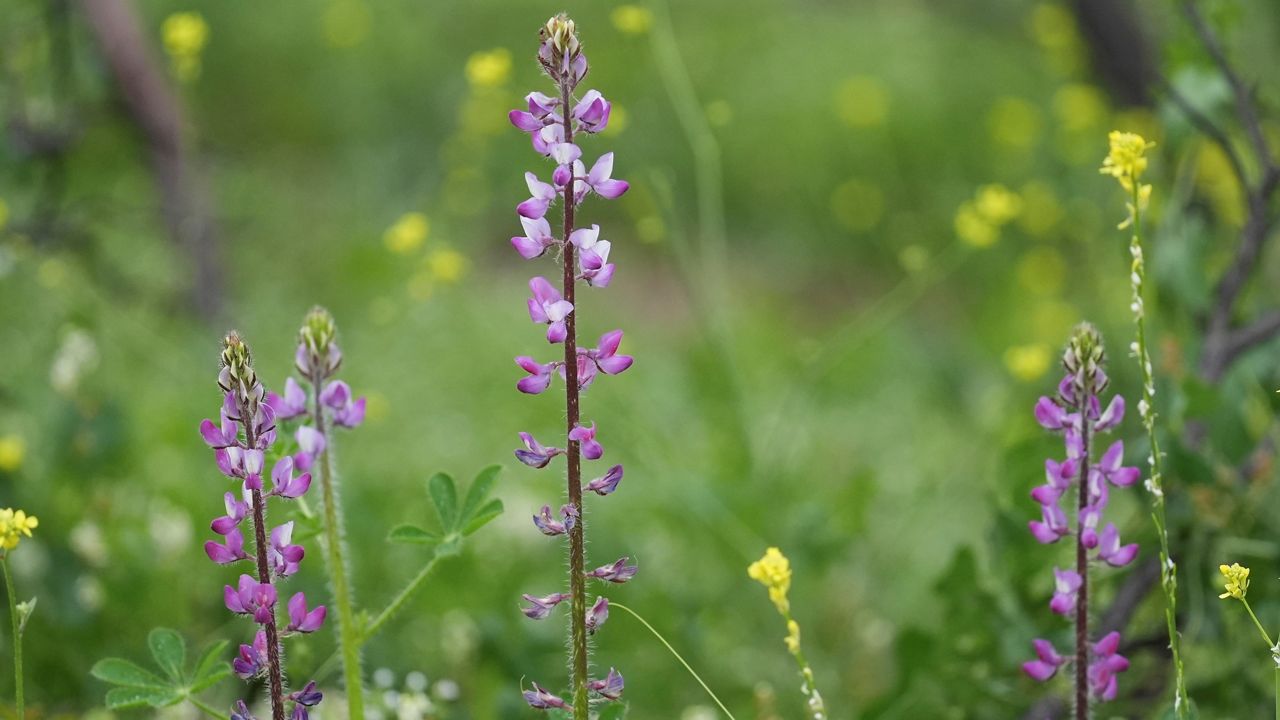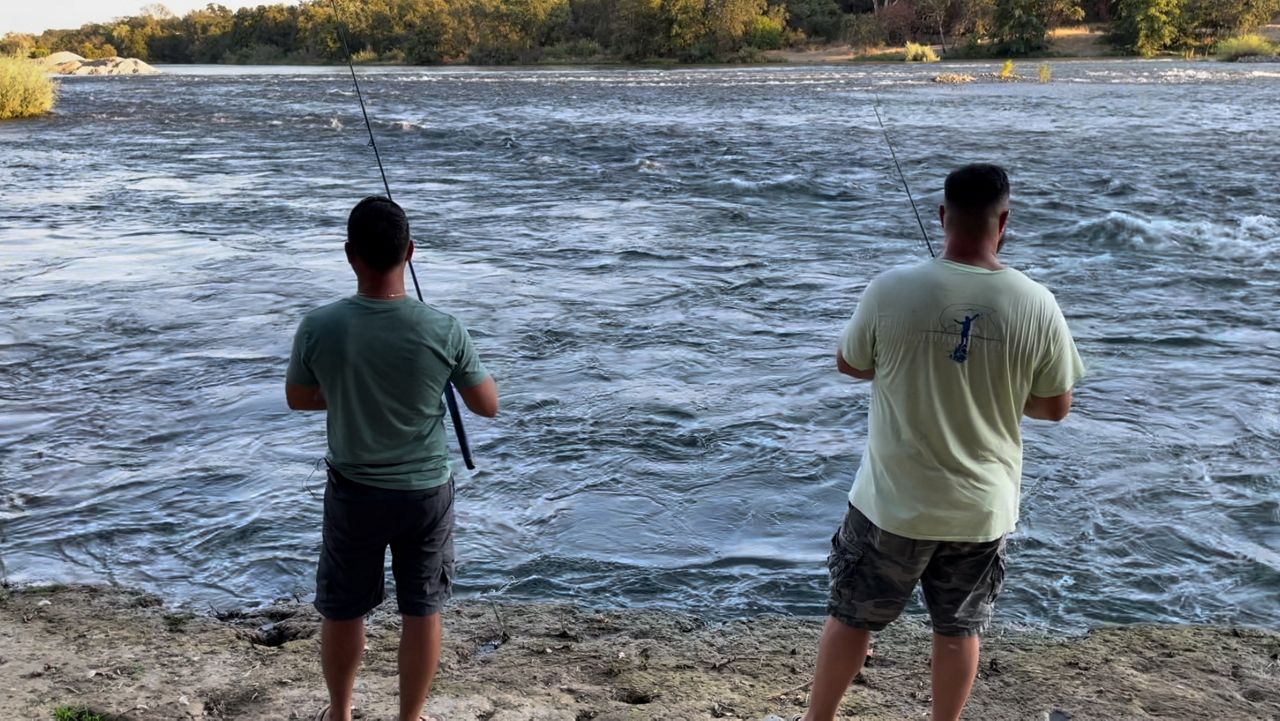SANTA CLARITA, Calif. — TreePeople will plant 30,000 native plants in the Los Angeles County mountains over the next few years, with the help from community volunteers who recently showed up to start the restoration project.
“We don’t want to base it off of the height of the container. You want to base the height off of the level inside the container,” said TreePeople’s Mountain Forestry Program Manager Alyssa Walker.
In 2002, the Copper Fire ripped through this area of the San Francisquito Canyon in Santa Clarita, burning 20,000 acres of native vegetation, leaving the area vulnerable, which then exacerbated the encroachment of invasive species.
When they take over, they siphon resources away from native plants, forcing them out of the area, and affecting food sources for animals. So that’s where TreePeople comes in to help.
“We find areas that were impacted by fire, and we want to shift the balance back to what that ecosystem looked like before the fire,” Walker said.
TreePeople cleared this area of invasive plants, but this is what it looked like before, completely overrun with invasive mustard and grasses.
It’s a common occurrence in spaces hit by wildfire.
U.S. Forest Service Ranger for the Angeles National Forest Steven Bear said that while native plants and trees will slowly burn in a wildfire, the danger with invasive species is that when they dry, they can ignite easily and carry fire quickly.
“They’re more able to replicate themselves and also seed in faster than the native species do, so they tend to make the landscape much more fire prone,” Bear said.
And with California’s fire season now becoming more year-round because of drought and climate change, the restoration work that TreePeople is doing is even more vital.
“A healthy ecosystem is going to be able to fight fire, so much better than a degraded one,” Walker said.
Just across the street is one of their restored sites, a healthy ecosystem that’s now 4 years old.
So with TreePeople’s care and dedication, these young plants will successfully grow, bringing this ecosystem back to life, and helping slow the spread when the next wildfire burns through.











